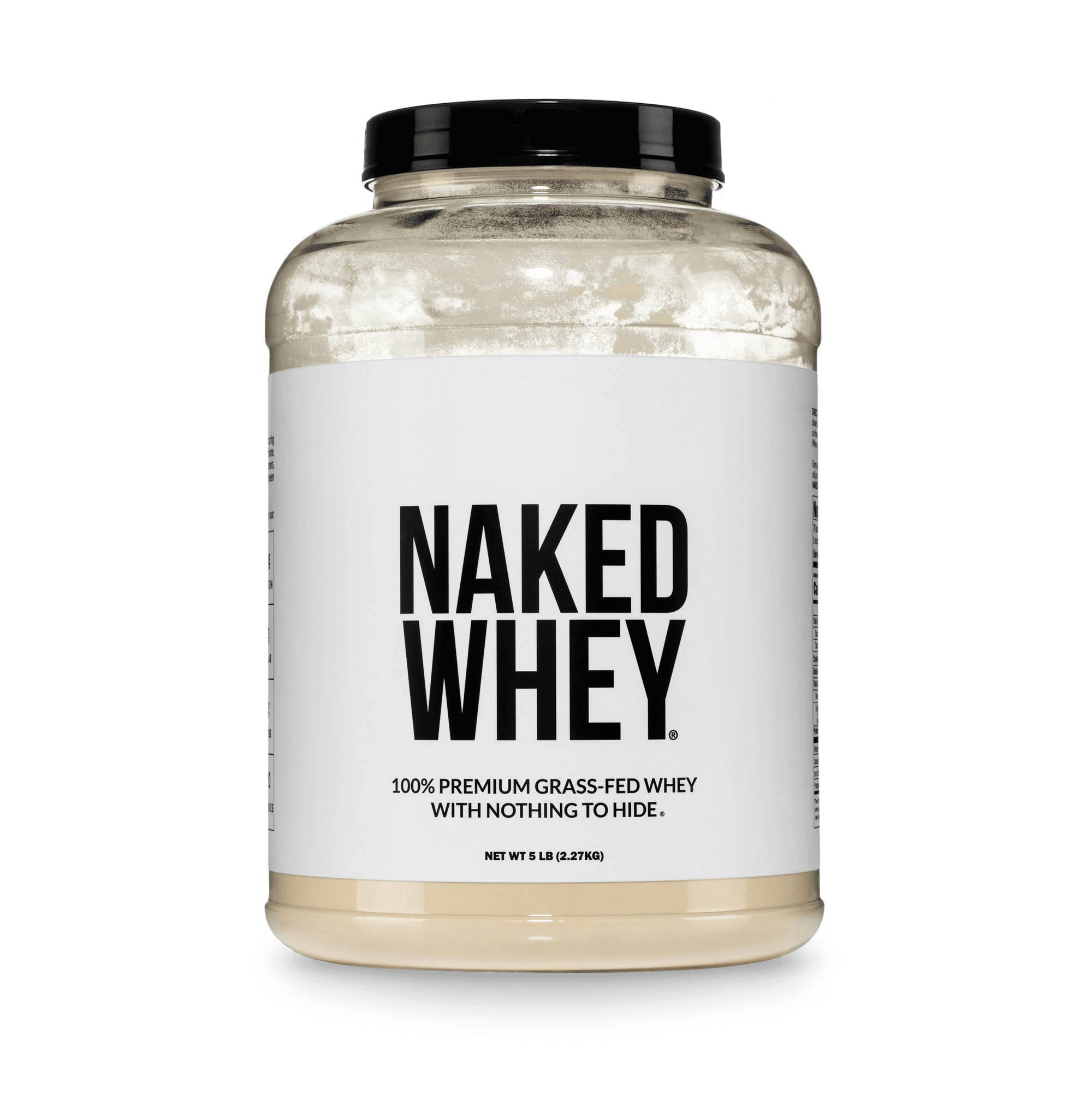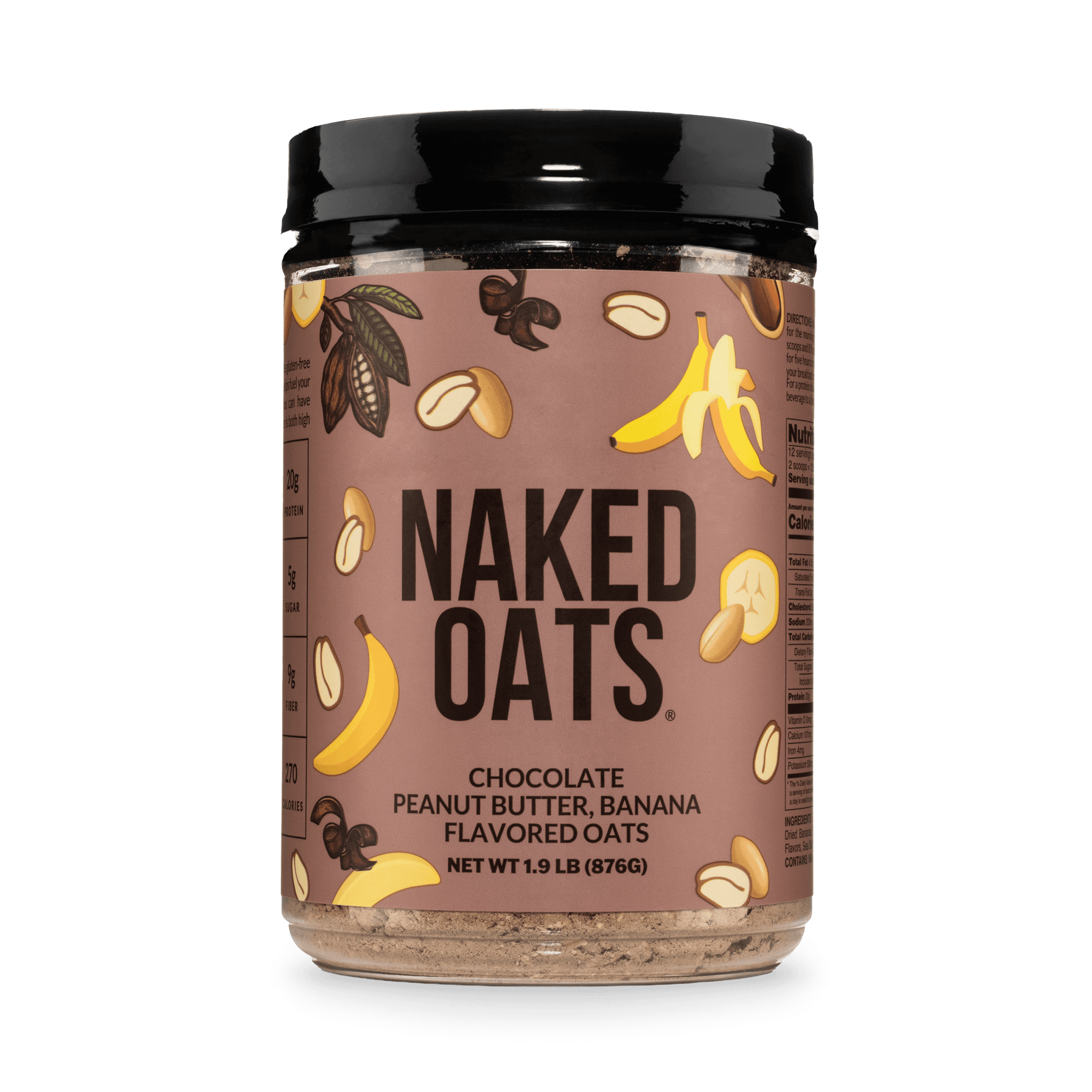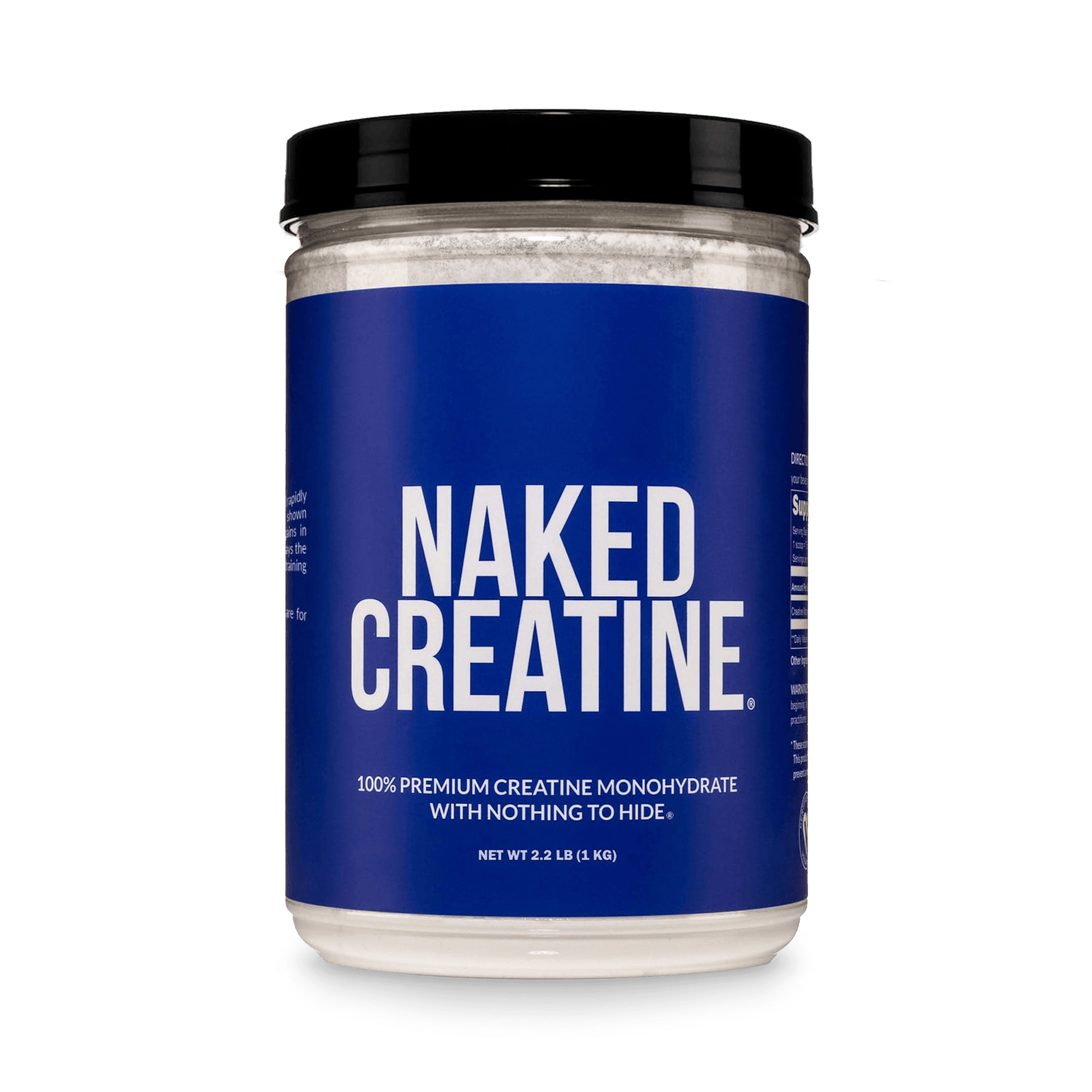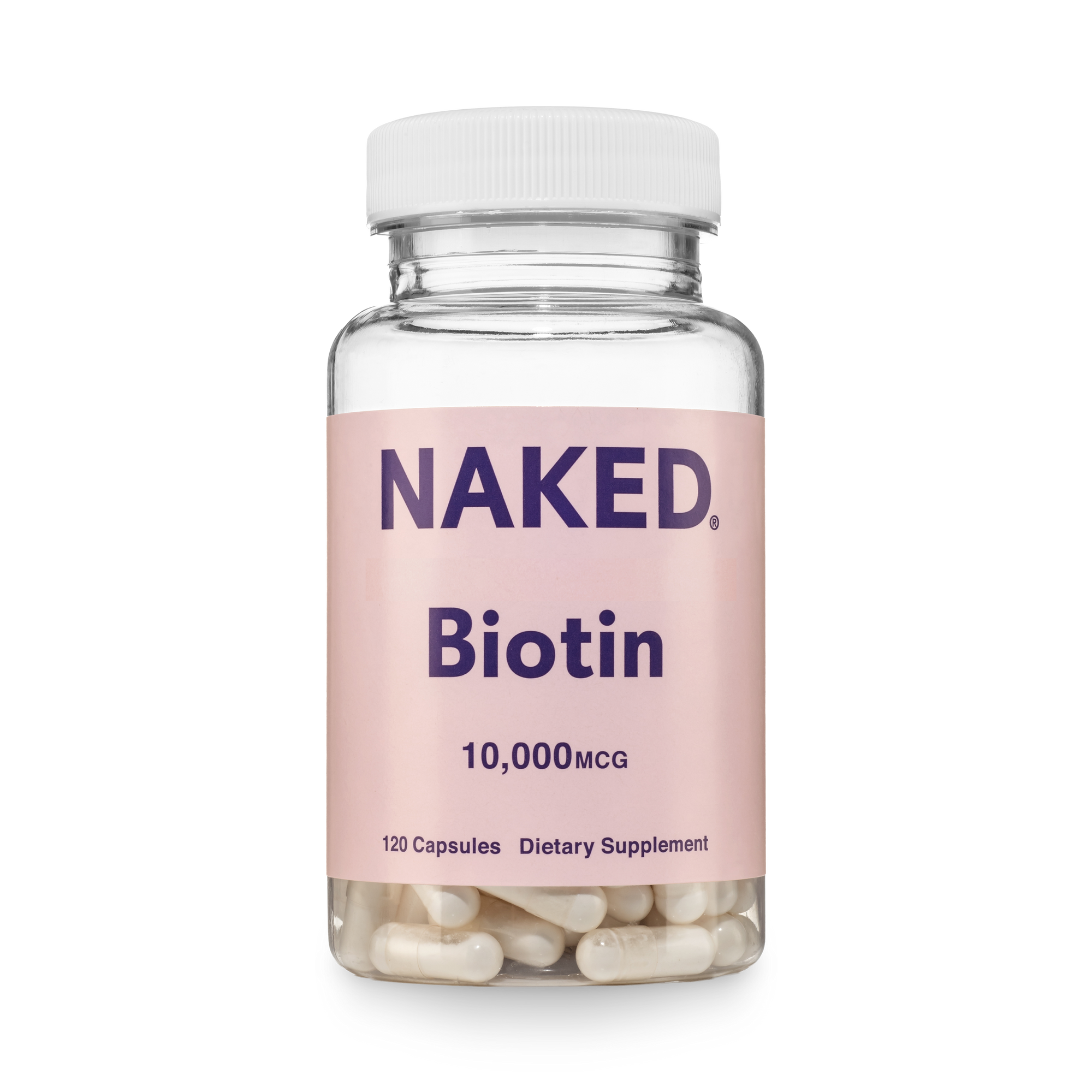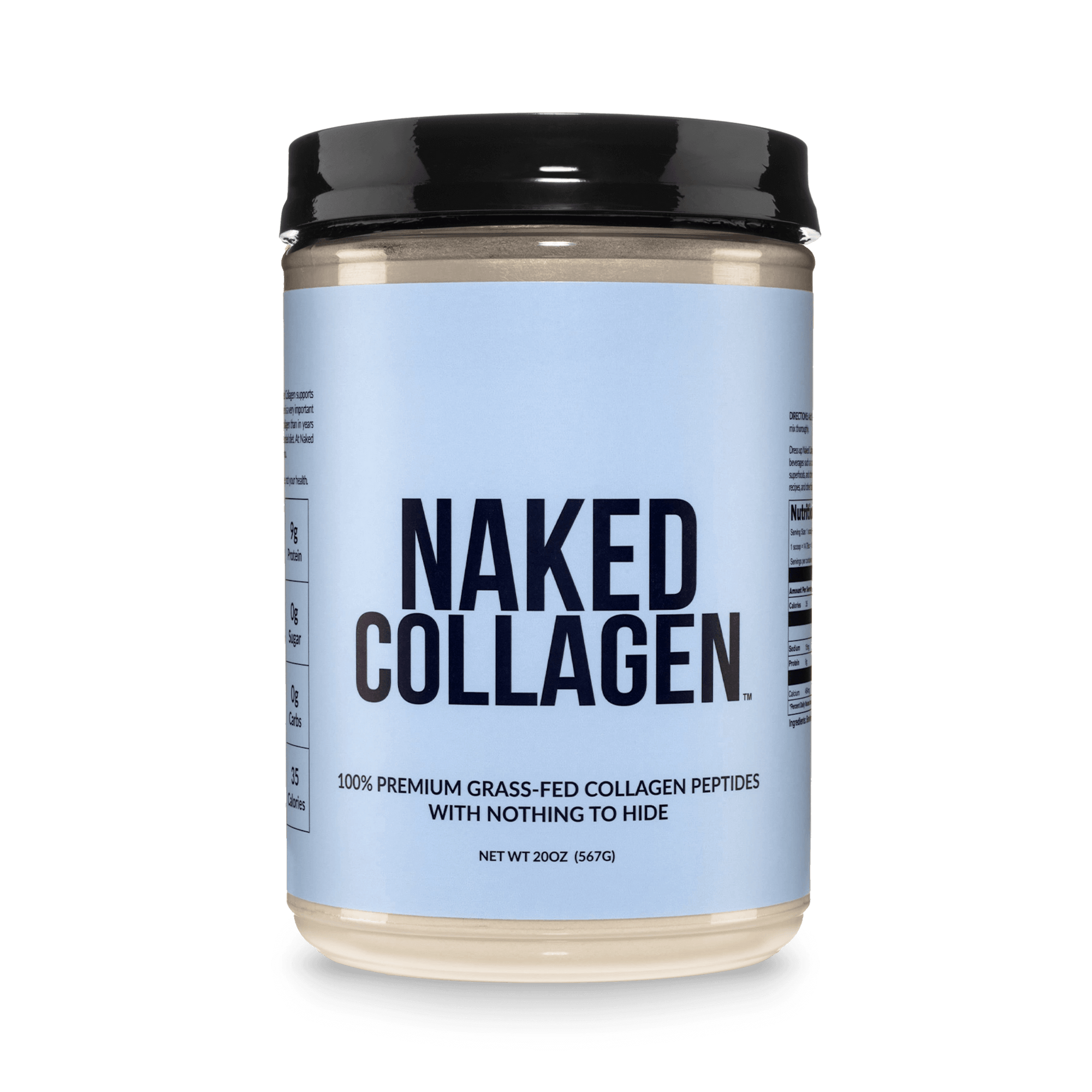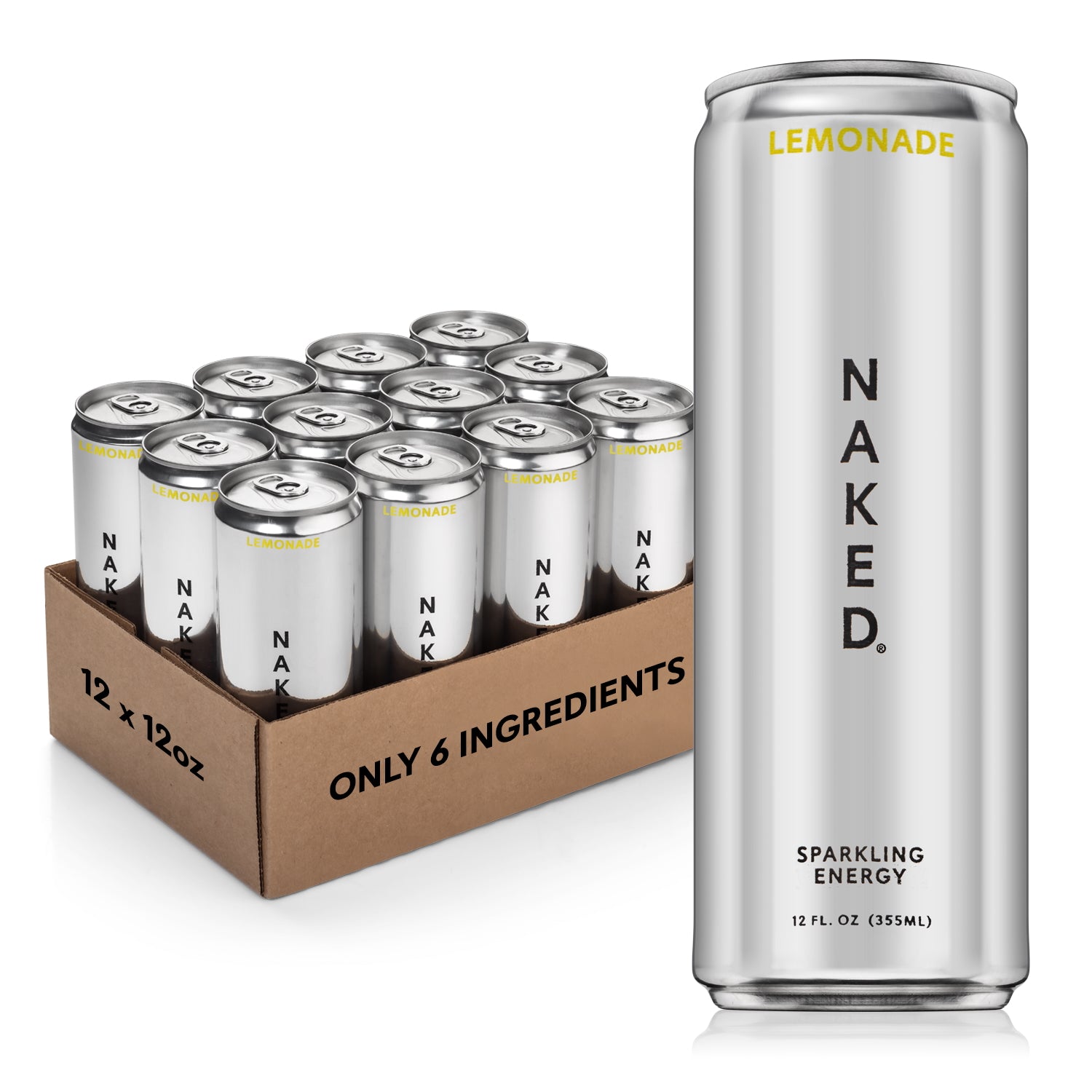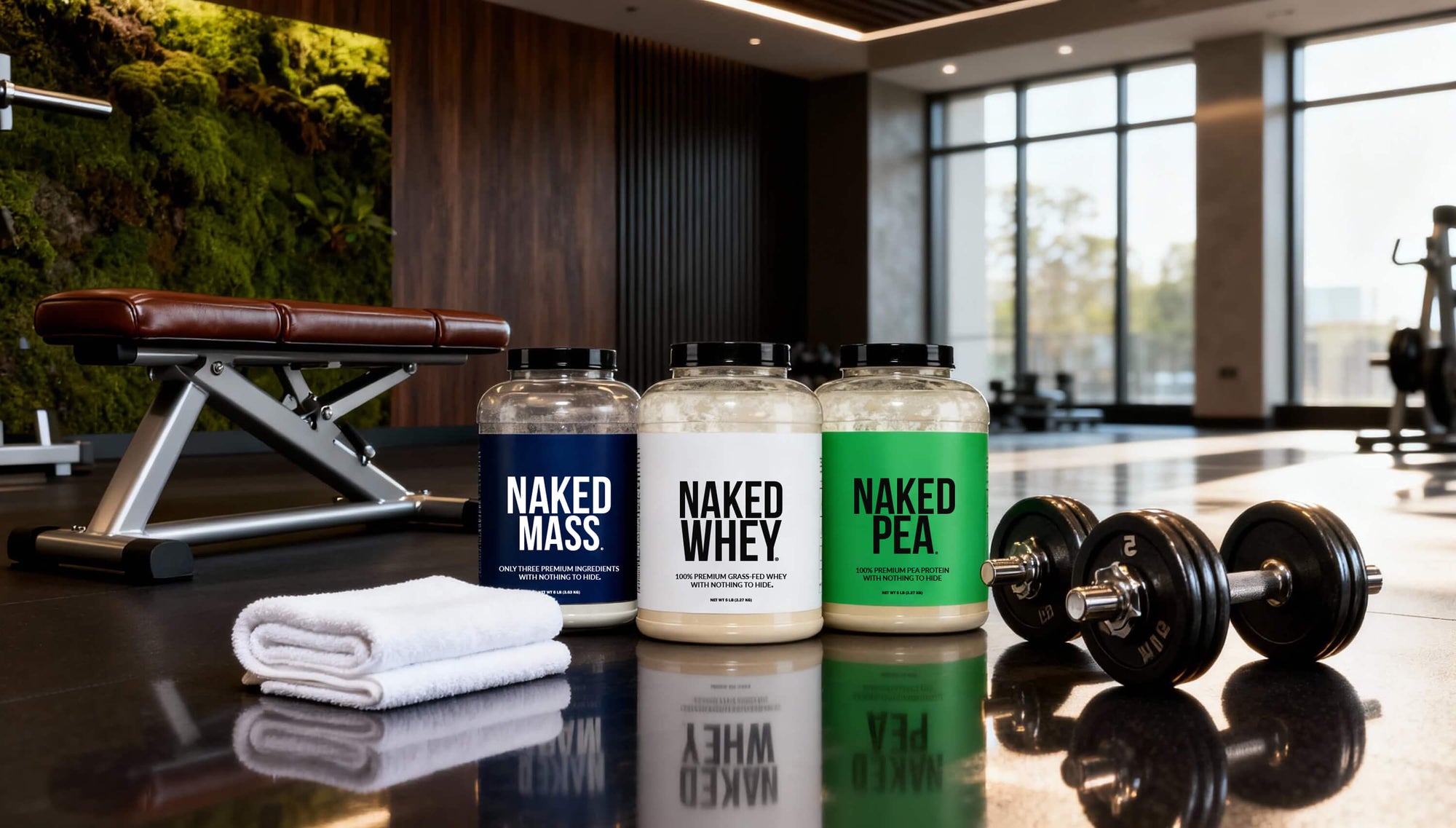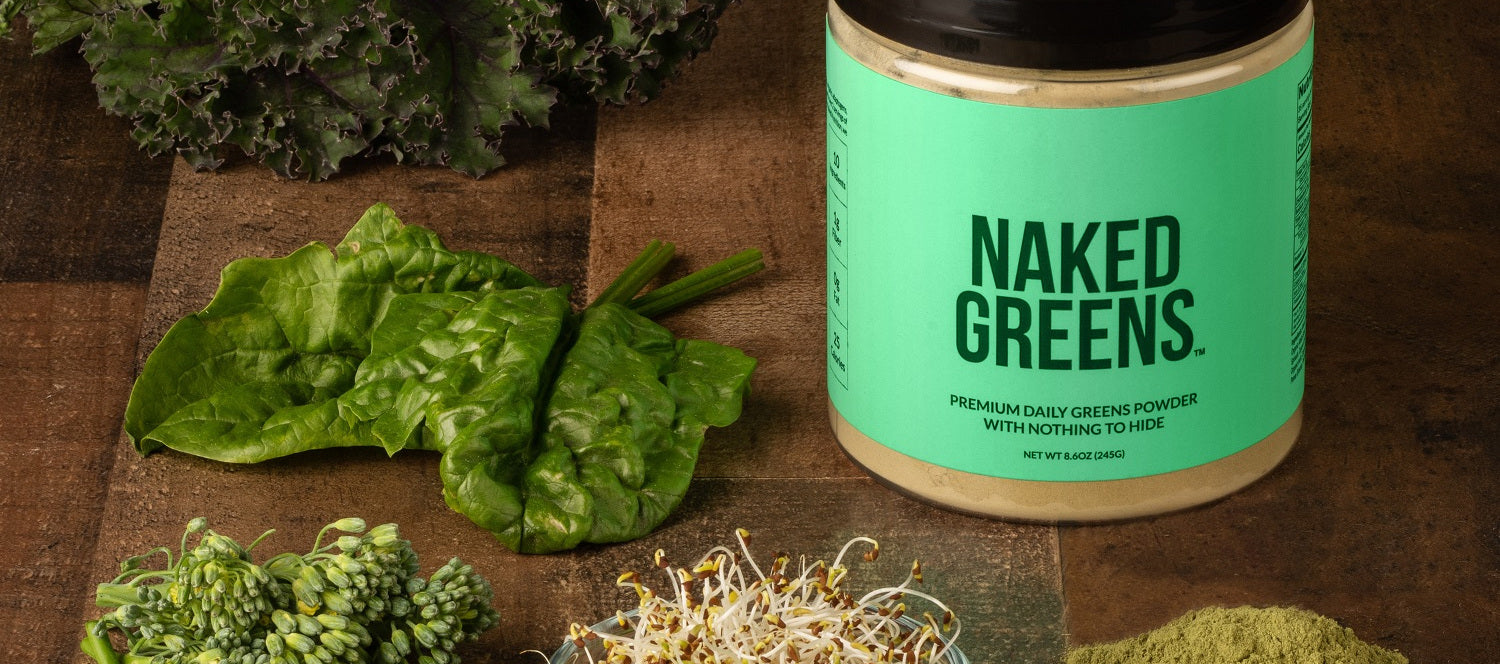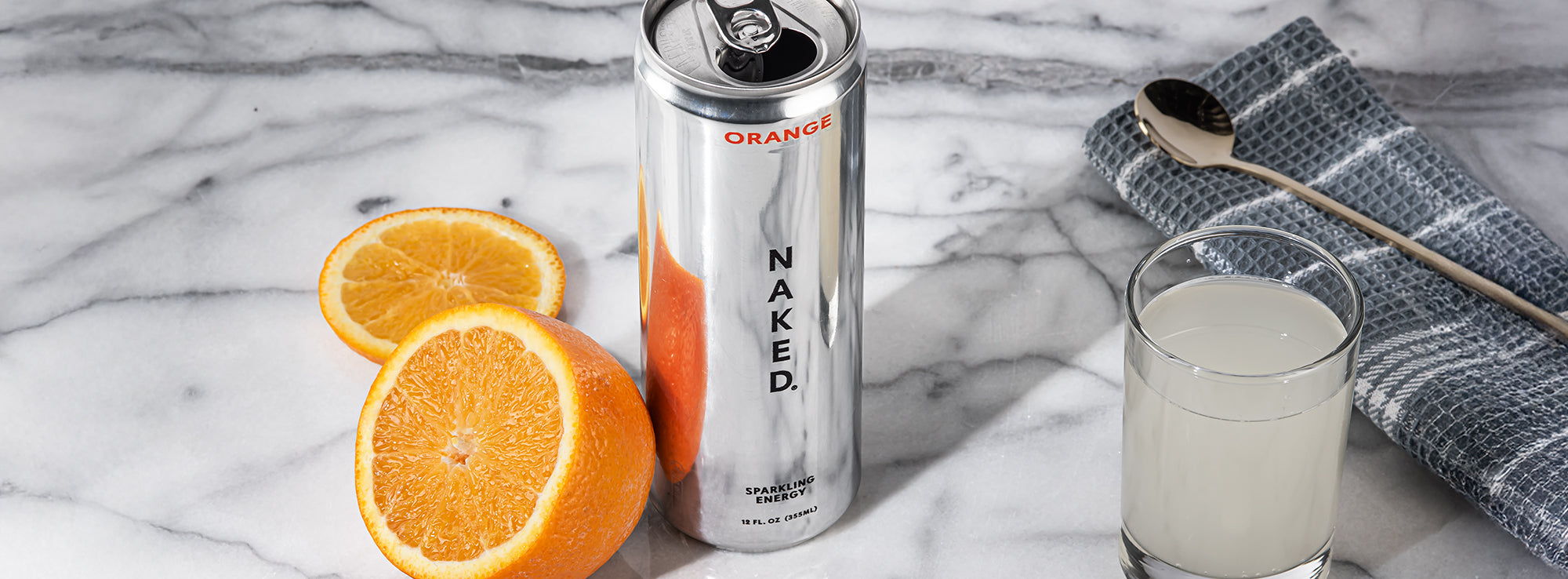As we get a little older, it's common to see changes in how our body looks. Maybe you aren't as active as you were before, maybe you just had a baby.
Either way, most women would probably agree that it would be nice if you could swap out some extra body fat for muscle.
Well, you actually can. This process is called body recomposition and it can change the way you look and feel.
Define Your Body Recomposition Goals
Body recomposition is not just about losing weight, it's about replacing excess fat with muscle mass.
To achieve your desired body recomposition, you first need to define your goals. What would make you feel your best?
Your body recomposition goals include both exercise and diet goals.
Body Recomposition and Body Fat Percentage

To lose fat and gain muscle mass you need to adjust your eating habits and incorporate exercise that supports muscle growth.
Although there are many ways to achieve body recomposition, what works best will depend on you, your lifestyle, and what feels best.
For example, the best exercises for muscle building include strength training and high-intensity interval training (check out these three HIIT workouts for women).
If high-intensity exercise is not your thing, consider creating a strength training routine that challenges you in a way you're more comfortable with.
Nutrition for Body Recomposition
When it comes to diet for body recomposition, it's important to consume more protein to support muscle growth and lose fat.
You can do this with protein powders, high-protein foods such as meat and poultry, or vegan/vegetarian protein sources such as soy.
You can also do a combination of these if that works better for you.
Body recomposition nutrition isn't necessarily about eating as little as possible, because this is different than conventional weight loss.
Your body recomposition focus will be on achieving more of a toned look by gaining muscle mass and losing fat.
While a calorie deficit diet plan could work depending on your current eating habits, it could also mean increasing protein intake to increase lean body mass, while keeping your calories steady.
As always, it's best to discuss your body recomposition goals with a licensed nutritionist.
They can recommend calorie intake and macros based on your personal weight, lifestyle, and other relevant factors.

Is it Possible to Gain Lean Muscle and Lose Fat at the Same Time?
If you're consistently lifting weights while also consuming adequate protein with a slight calorie deficit, you can gain lean muscle and lose fat at the same time.
And reach your body recomposition goals quicker (learn how long to expect for body recomposition).
Although it may sound easy, it can be tricky to find the proper balance.
If you eat too little, meaning you have too large of a calorie deficit, then you might not be able to gain muscle despite being dedicated to a weekly exercise routine.
Likewise, if you're not consuming enough protein in your diet for gaining muscle, you might be stunting your body composition improvement.
If you are struggling to find a good balance between diet and exercise for body recomposition, consider meeting with a professional, such as a licensed Registered Dietitian.
Body Recomposition Female Plan

Although body recomposition plans are not one-size-fits-all, it can be helpful to get an idea of what to consider when setting your goals.
Below are some common questions and tips for creating a body recomposition plan for women.
Ideal Macros for Female Body Recomposition
According to the Food and Nutrition Board of the Institutes of Medicine, macronutrient ranges for the average adult population should fall within 45-65% of calories from carbohydrates, 10-35% of calories from protein, and 20-35% of calories from fat.
These ranges cover most active adults and can be adjusted based on lifestyle [1].
In the context of body recomposition for women, adjusting to the lower range for carbohydrates and higher range for protein would provide beneficial results (lose fat and build more lean muscle) in combination with strength-building exercise.
Note that macronutrient ratios are based on calories.
For example, a woman consuming 2,000 calories a day and looking to adjust her macros for body recomposition might consider consuming 45% of her calories from carbohydrates, 30% from protein, and 25% from fat.
That adds up to about 225 grams of carbohydrates, 150 grams of protein, and 55 grams of fat.

How Much Protein Should I Eat for Body Recomposition?
The amount of protein you need during body recomposition depends on many factors.
Personalized protein requirements take into consideration body weight and activity level.
Recent studies have found that consuming somewhere between 0.8-2.2 grams of protein per kilogram of body weight per day is effective in supporting muscle growth and reducing body fat to a healthy level.
The amount you consume will depend on your level of training. The current recommendation for the average person is between 0.8-1 gram per kilogram per day.
If you are looking to lose a significant amount of body fat, research supports reducing your caloric intake by 30-40% and consuming between 1.2-3.1 grams per kilogram of body weight of protein per day.
This can help you gain muscle and lose body fat simultaneously for an ideal body composition [4].
Tracking Macros and Calories for Body Recomposition
If you are interested in tracking your calories and macronutrient ranges, consider using an app such as MyFitnessPal or MyMacros+, to help you stay on track.
You can also purchase a tracking journal or simply use a blank notebook to hold yourself accountable if this works for you.
Because tracking calories and macros can be tedious, using an app is usually the best way to go however, what works best will vary from person to person.

Training for Body Recomposition
In addition to dietary changes, exercise is critical to building muscle and reducing fat mass.
The two best types of exercise for muscle building include strength training and HIIT.
Strength Training
Strength training incorporates exercises that challenge your muscles to help them grow stronger and larger. An example of strength training exercise includes weight lifting.
Many women are concerned about introducing certain strength training exercises into their workout routine due to fear of looking bulky.
Rest assured, this is a myth. Strength training can help to increase muscle which will provide a toned look, not a bulky one.
Body Recomposition HIIT Workouts

High-Intensity Interval Training, a.k.a. HIIT, is exercise that alternates between periods of high-intensity movement that reaches upwards of 80% of your maximum heart rate followed by brief bouts of low-intensity movement for rest and recovery.
HIIT workouts can be extremely efficient when it comes to a body recomposition workout plan.
They take minimal time and promote ideal fat loss, while supporting lean muscle gain.
Which is your end goal with body recomposition.
This can be done in several ways including with equipment or with body weight alone [5].
HIIT exercises are typically short, between 10-30 minutes in length. This type of exercise can be done in several ways with several different exercises.
An example of HIIT for runners includes a 30-second sprint followed by 1-2 minutes of moderate to slow-paced jogging. This would then be repeated 4-6 times per workout.

Common Mistakes to Avoid for Body Recomposition
One of the most common mistakes people make when trying body recomposition is not eating enough calories or protein during training.
If you do not fuel your body to support muscle growth or fat loss properly, you won't see the body recomposition results you were hoping for.
Many people believe that if they want to lose weight/fat quickly, they should reduce the minimum amount of calories.
If you drastically reduce your calorie intake, you won't have the adequate fuel for lifting weights which is necessary to gain muscle, and your energy levels might suffer as well.
It'll become too much of a negative experience overall and quickly become unsustainable.
And ultimately this approach is counter productive when it comes to the type of body recomposition you want to achieve.
This can cause you to give up quickly and feel defeated.
Always take a realistic approach to creating a body recomposition goal.
If you aren't sure where to start, enlist the help of your local Registered Dietitian and/or Certified Personal Trainer.

Bottom Line on Female Body Recomposition
Body recomposition is a great strategy to help women lose body fat while simultaneously building muscle mass.
A combination of strength training and/or HIIT exercise with a reduction in overall calorie intake and an increase in protein intake makes this possible.
This strategy is not just limited to elite athletes, anyone can do it and the results can help to boost your overall health and reach your body recomposition goals.
If you aren't sure where to start with body recomposition, consider speaking with a professional such as a Registered Dietitian and/or Certified Personal Trainer.
Always consult your physician before altering your diet and exercise routine.
